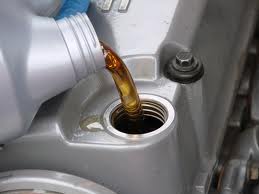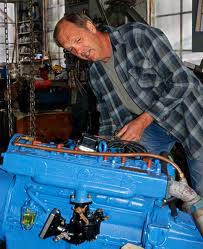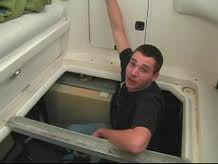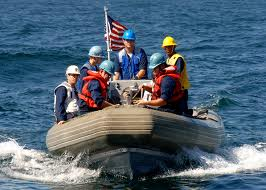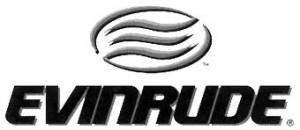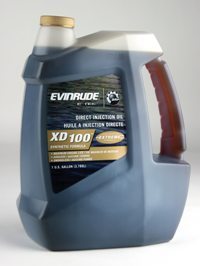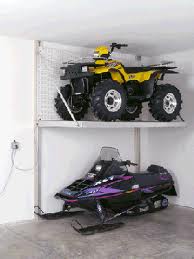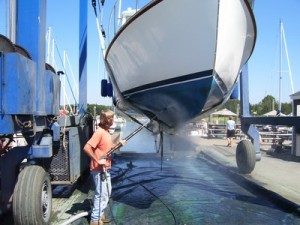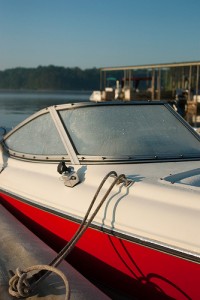What Does Motor Oil Do? Part Two
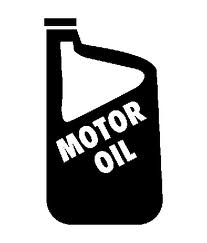 Not only does Evinrude outboard oil provide lubrication to the engine, it also reduces friction between the parts. It’s important to find a medium with the viscosity of the oil you use; if it’s too thick, the engine will have to work harder and you’ll lose power and efficiency. The lubrication and friction reduction produced by the oil helps to prevent rust and corrosion throughout the engine. In addition, premium oil will eliminate carbon deposits and prevent sludge buildup.
Not only does Evinrude outboard oil provide lubrication to the engine, it also reduces friction between the parts. It’s important to find a medium with the viscosity of the oil you use; if it’s too thick, the engine will have to work harder and you’ll lose power and efficiency. The lubrication and friction reduction produced by the oil helps to prevent rust and corrosion throughout the engine. In addition, premium oil will eliminate carbon deposits and prevent sludge buildup.
When sludge forms in the engine, it prohibits the flow of oil, compounding the damage. Part of the sludge is formed when oil reaches the hottest parts of the engine and burns—at least until recently that is. New additives have made oil burn cleaner, helping to reduce buildup in the system.


